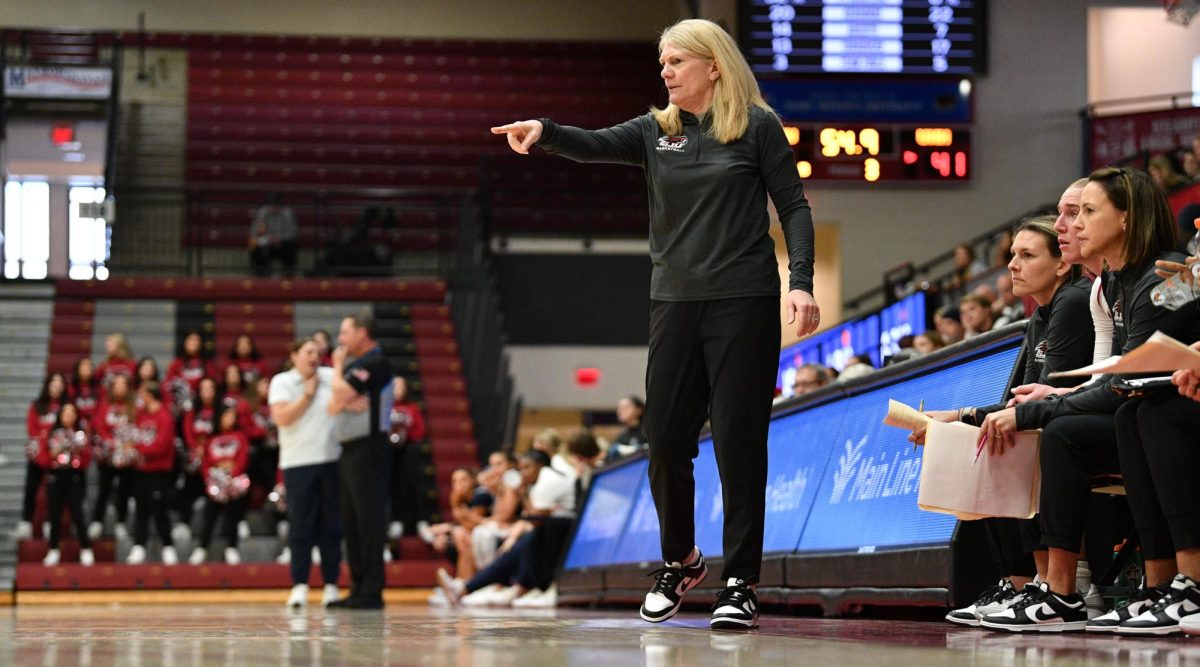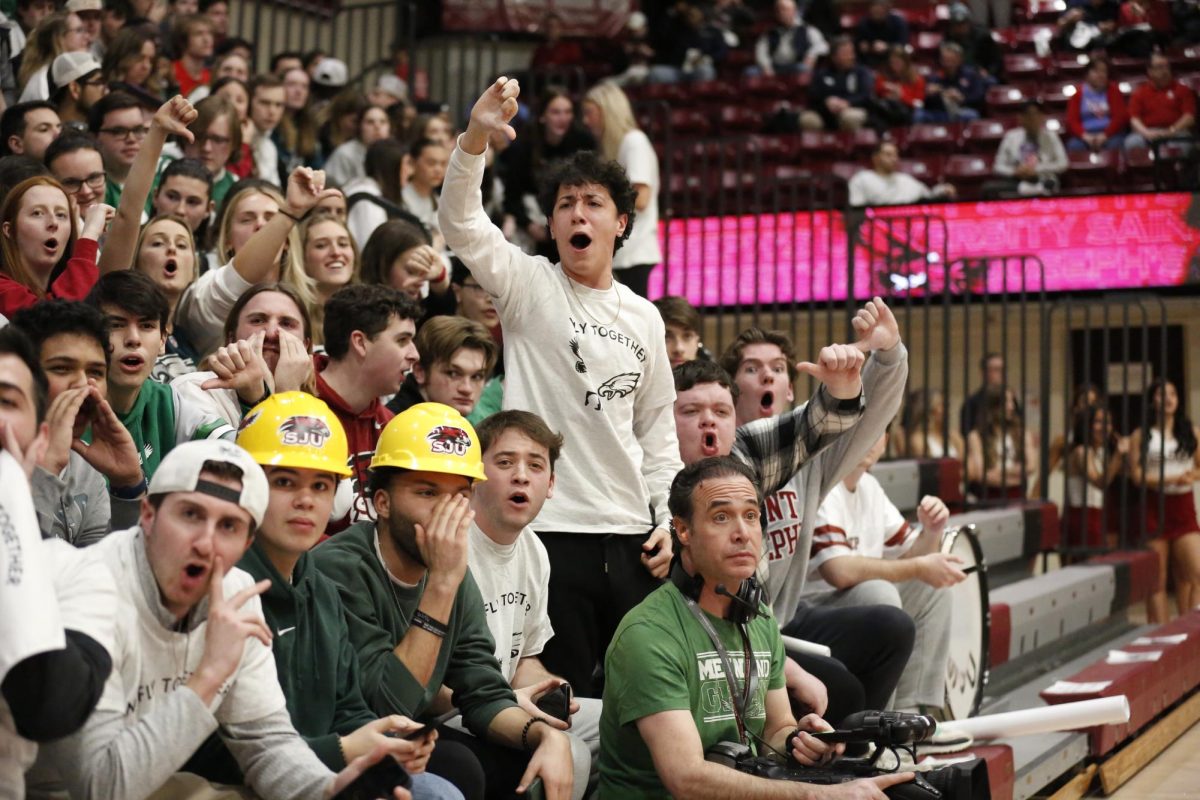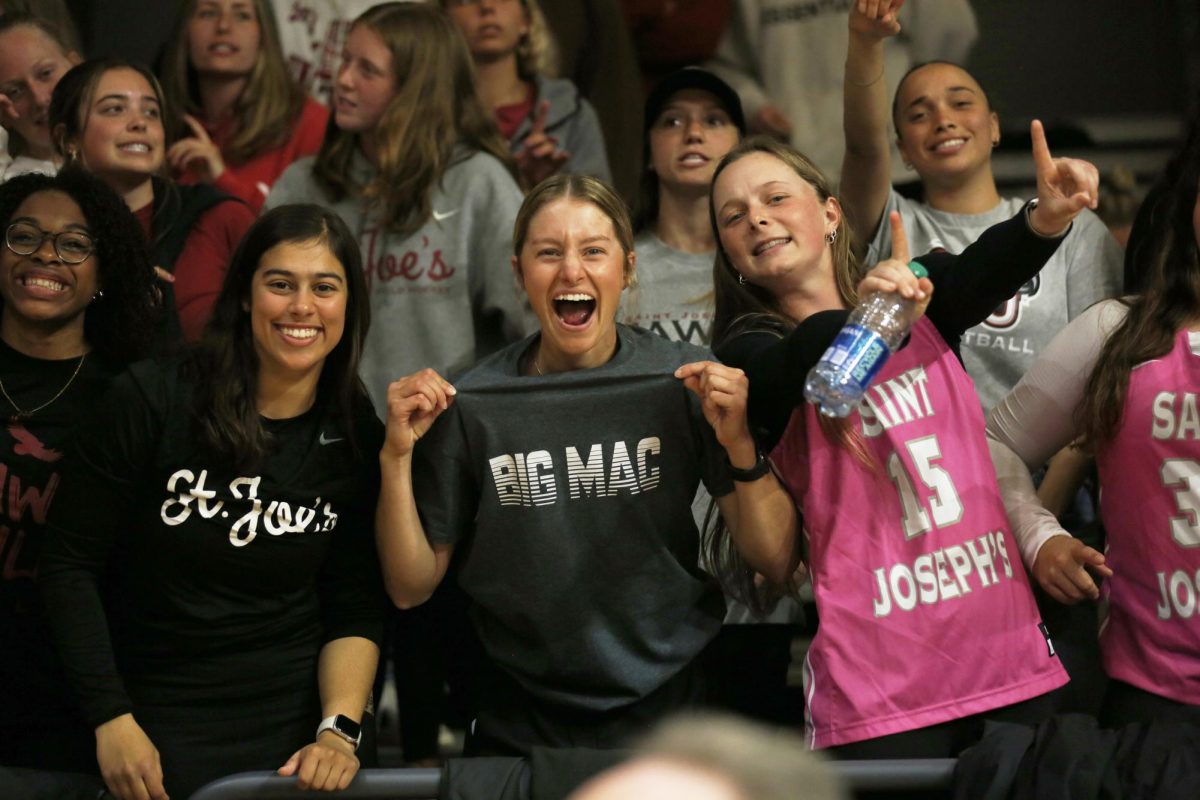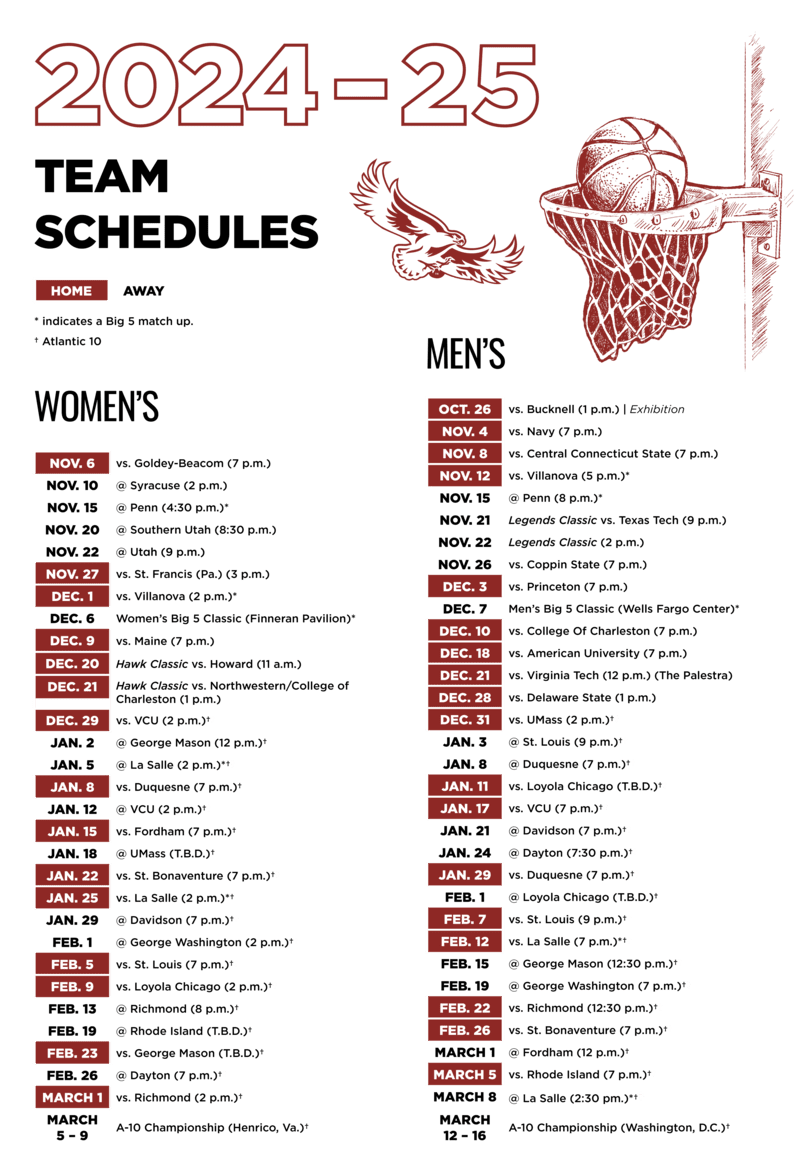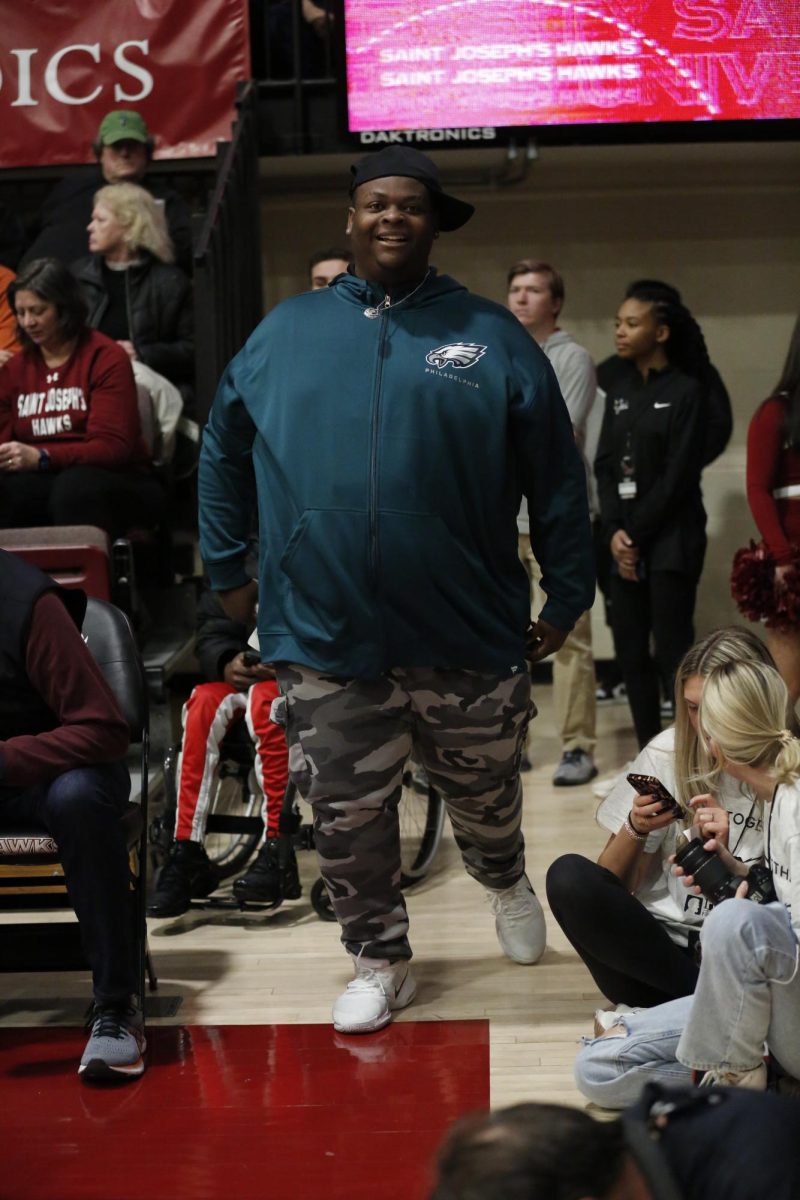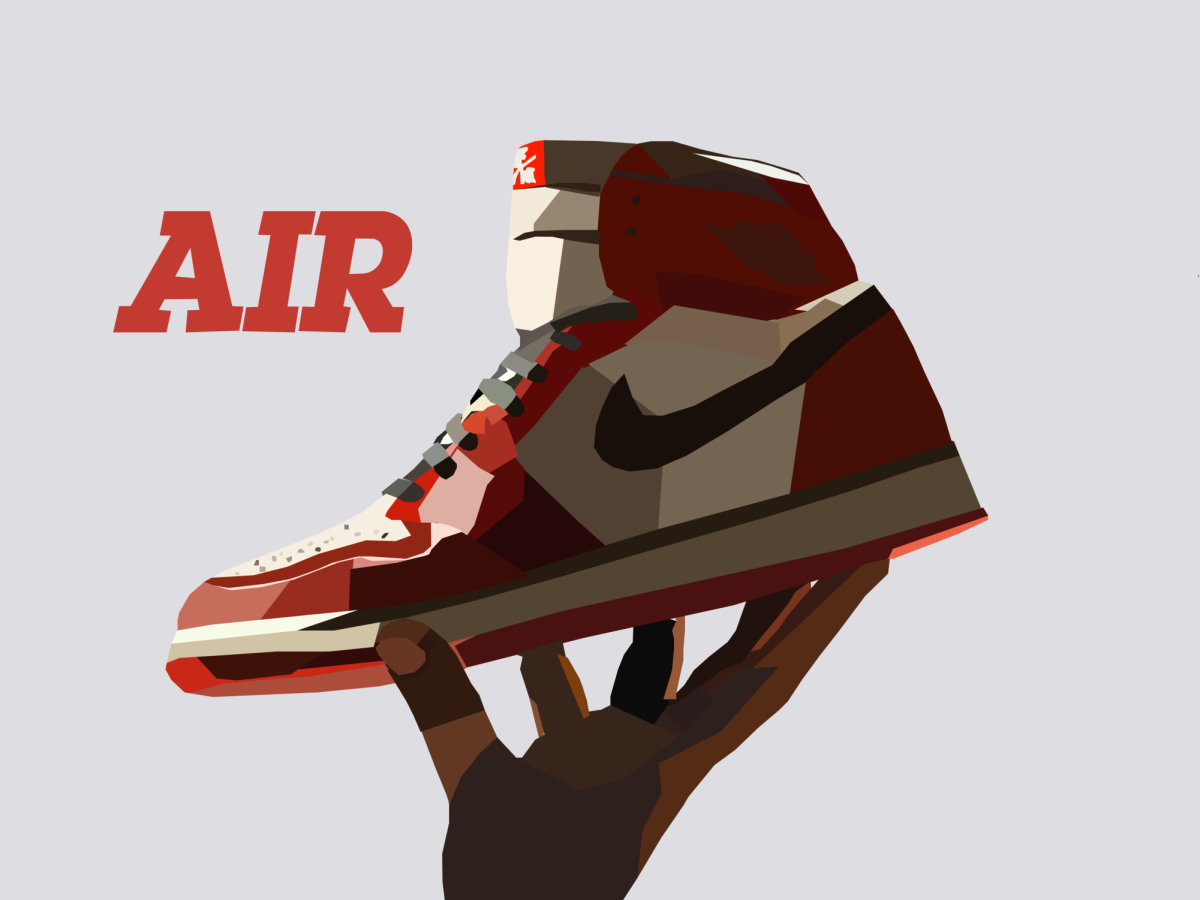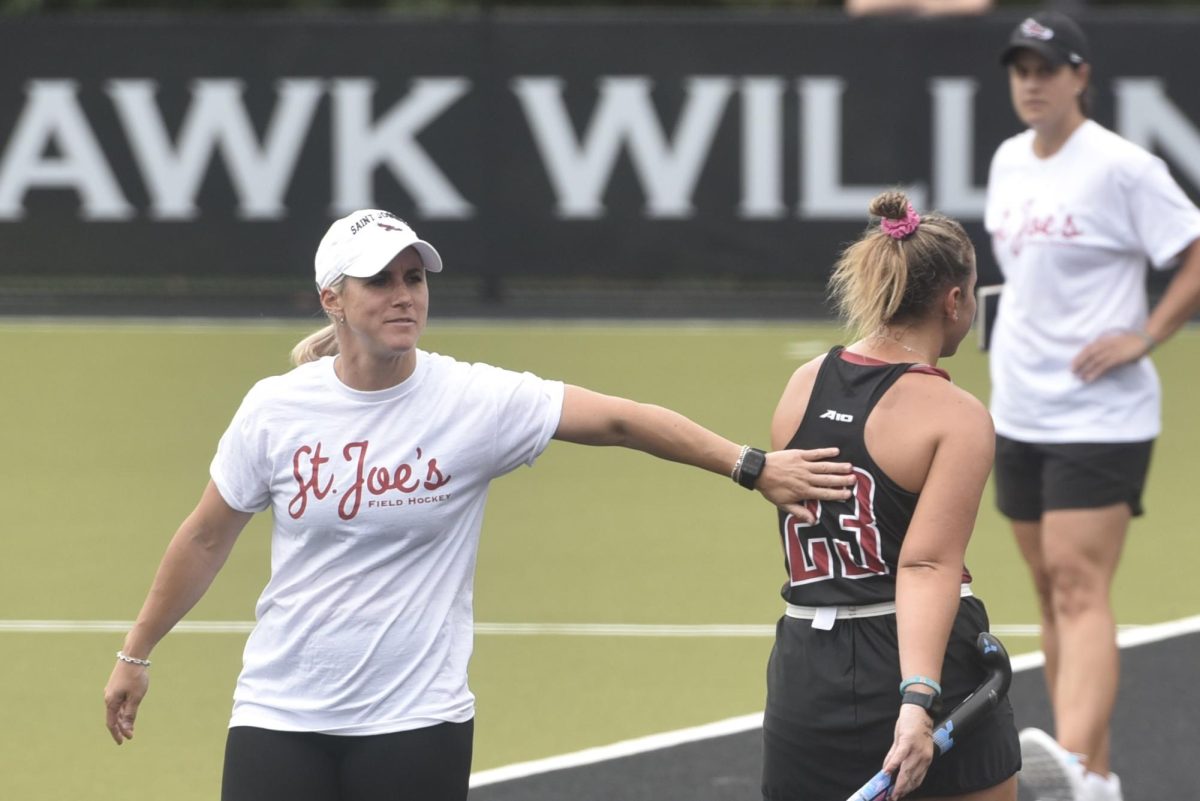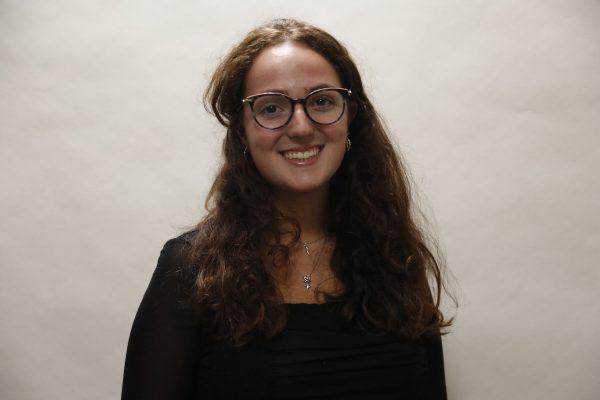
Women’s basketball came to play last March and made history. For the first time ever, the women’s March Madness tournament drew more viewers to the televised games than the men’s tournament.
Caitlin Clark and Iowa’s championship game against South Carolina garnered an average of 18.7 million views compared to an average 14.82 million people who tuned in for the men’s championship game.
For St. Joe’s women’s basketball head coach Cindy Griffin ’91, MBA ’93, the timing could not be better. A combination of fan interest, sponsorships and media coverage make “the perfect storm” for women’s basketball to explode, she said.
“We’ve always been competitive, and we’ve always had a lot of talent. Now I think we’re getting more exposure,” Griffin said. “You see women’s basketball taking off, but we really just need the backing of media partners and sponsorship.”
But getting more media coverage of women’s basketball is easier said than done. Griffin would know. The Women’s Big 5 was less than a decade old when she began playing for St. Joe’s in 1987. She has now coached in the Big 5 for 24 years.
Men’s Big 5 basketball — made up of St. Joe’s, Villanova, La Salle, Temple, University of Pennsylvania and the recent addition of Drexel — dates back to 1955. Women’s Big 5 arrived in 1980 after Mel Greenberg, a Philadelphia Inquirer women’s basketball writer, and Jim Foster, a former St. Joe’s women’s basketball coach, came up with the idea. They talked it up with other coaches and sports information directors at a bar where they all used to hang out in Center City Philadelphia, Greenberg said.

PHOTO COURTESY OF SJU ATHLETICS
But in the nearly 45 years that men’s and women’s Big 5 have co-existed, local media outlets have always paid more attention to the men.
Last season, in its coverage of all six Big 5 schools, the Philadelphia Inquirer ran roughly 150 more articles about men’s Big 5 teams than women’s, from schedule releases in September to the closing of the transfer portal in May.
Most of the schools averaged 10 to 12 more Inquirer stories about their men’s teams, including St. Joe’s. La Salle’s men had nearly doubled that, though, with about 30 stories covering men’s basketball and about 10 stories covering women’s. Villanova teams had the most disparity in coverage, with close to 130 stories on the men’s team compared to about 50 stories on the women’s.
But is the lack of media coverage due to disinterest in women’s basketball? Or does the lack of coverage feed disinterest?
“It’s almost a little bit like the chicken or the egg question,” said Christy Selagy ’15, M.A. ’17, a former sports editor for The Hawk. “It’s sort of cyclical. I think that you need that interest, but you also need to bolster it with coverage.”
Selagy, now a communications specialist at the University of Delaware and senior contributor for City of Basketball Love, an online publication that covers high school and college basketball in the Philadelphia area, said she believes that in “a basketball city” like Philadelphia, there is already a baseline interest there for the media to capitalize on.
“This isn’t some really niche thing where only five people care,” Selagy said. “There’s probably thousands of people just in this metro area that really care about women’s basketball, but you can definitely build that up, build up more of a community and find new fans when you expand coverage.”
Josh Verlin, editor-in-chief for City of Basketball Love, started the publication in 2012, the same year he graduated from Temple. Eight years later, in 2020, City of Basketball Love added coverage of women’s and girl’s basketball. Verlin said while he wanted to cover women’s basketball from the start, he initially didn’t have the bandwidth or the resources. So, rather than doing a few token stories each year, he waited until the publication could fully support women’s coverage.
Verlin said while women’s basketball is now “coming of age, entering the mainstream,” local coverage has not necessarily followed.
“It feels like the Philadelphia media is generally largely ignoring it,” Verlin said. “But that’s partly because of a larger trend where the Philadelphia media is largely ignoring the Big 5, even on the men’s side.”
One of the problems, he said, is budget cuts. At a moment when women’s basketball is primed for more press, the press is not there.
“A lot of the local news outlets that previously covered the Big 5 have been significantly cutting back on their resources,” Verlin said.
For many years, Philadelphia Inquirer sports writer Mike Jensen focused primarily on Philadelphia’s college scene. Jensen held this position for three decades before retiring in 2023. Jeff Neiburg took over the role but divides his attention between college hoops and the Philadelphia Eagles. Now, the bulk of the Inquirer’s college coverage comes from interns.
Villanova junior Katie Lewis, co-sports editor of The Villanovan and an intern for the Philadelphia Inquirer, said since becoming The Villanovan’s sports editor last year, she has made efforts to highlight the Villanova women’s team.
“Not only were they doing better than the men’s team late this season, but I just love covering the team,” Lewis said. “I thought it was really fun and important to highlight women’s sports.”
Lewis, who included a women’s preview in the printed paper each week last season, is in charge of writing about the women’s team for The Villanovan. Her co-sports editor, senior Owen Hewitt, writes about the men. Lewis said this is one of the ways The Villanovan “made sure that both the teams got equal coverage.”
“That was one of my main things I wanted to do as sports editor, because I think both the teams get a lot of attention from Villanova fans,” Lewis said. “It wouldn’t really be fair to have twice as much men’s coverage, especially when there are a lot of things happening with the women’s team.”
Despite her efforts, the men’s articles usually generated more traffic on The Villanovan website, Lewis said, particularly with events such as the Big 5 Classic.
This season, the women’s Big 5 will follow the new format of the men’s Big 5, which was implemented last year. The six schools in the Big 5 are divided into pods of three, facing off with each of the teams before a final triple-header classic at Villanova’s Finneran Pavilion.
Griffin said the new format will help garner more interest in the women’s game as well. In the past, the teams each faced off, and the title was based on record, sometimes leading to two or more of the universities finishing on top. Now, the pods and tournament structure make it more of an official title, held by only one program.
Griffin is confident that Philadelphia fans loyal to their college teams will continue to support the growth of women’s Big 5 basketball in the city.
“This area is hungry for college basketball, but also now women’s basketball,” Griffin said.
Mia Messina ’25 is part of the Philadelphia Inquirer’s College Correspondence Program.
This article is the first story in a series focused on women in college sports media and the issues they are facing.















































